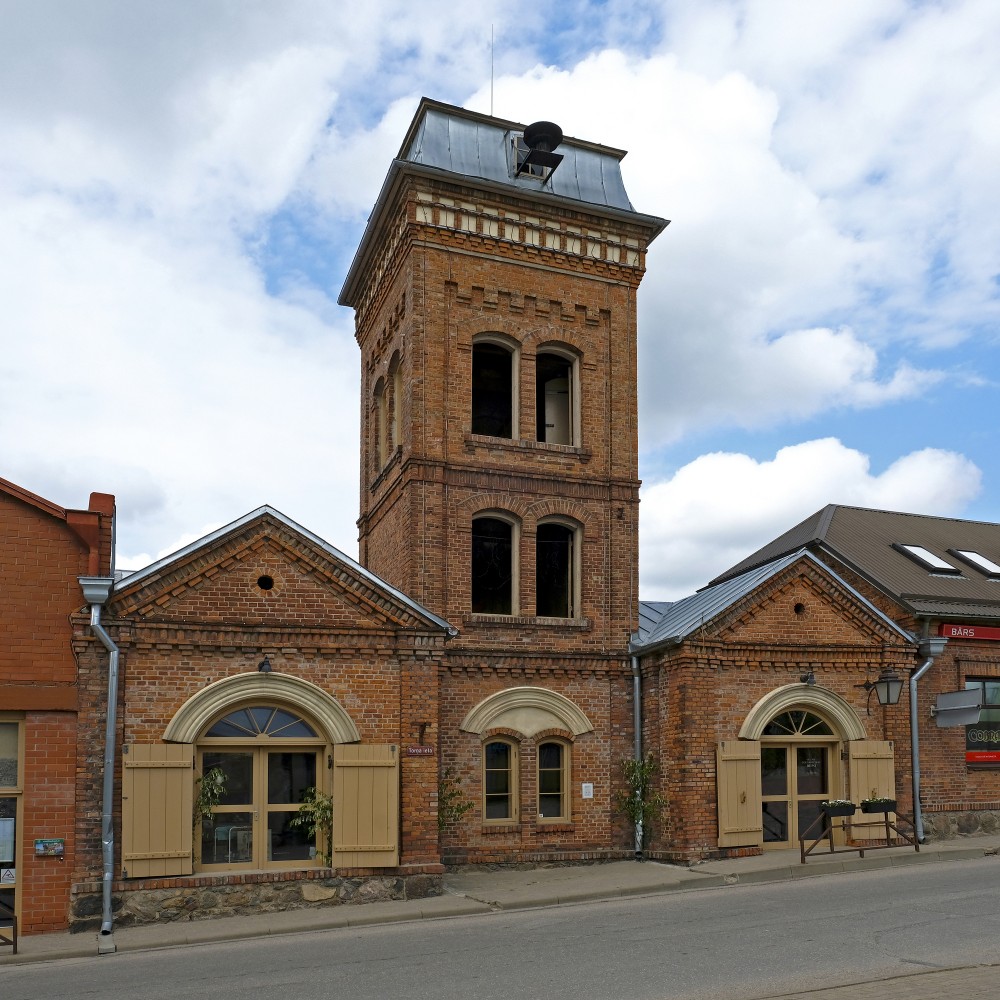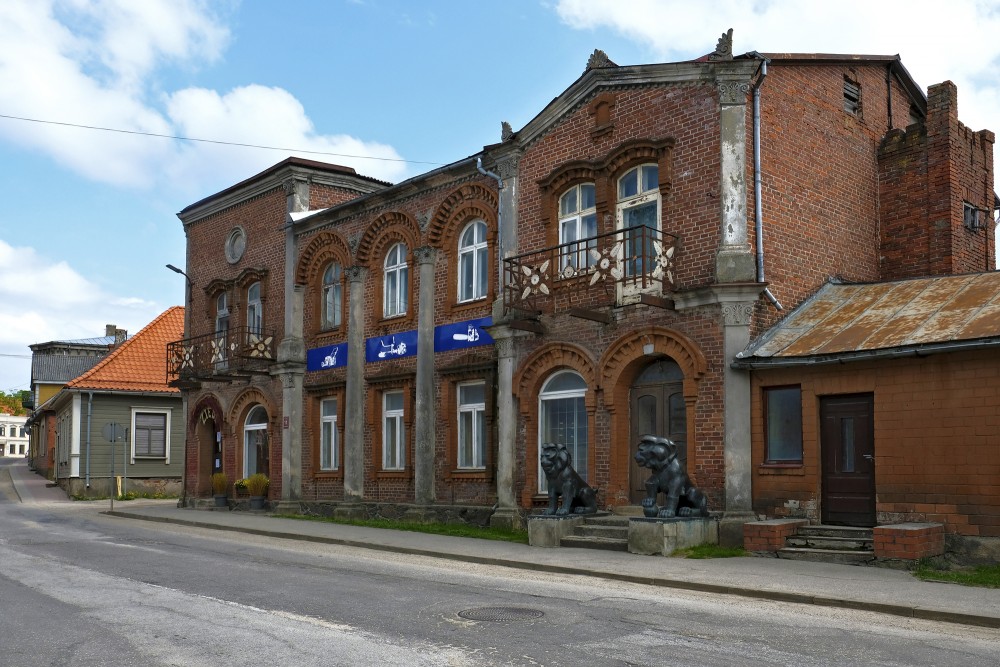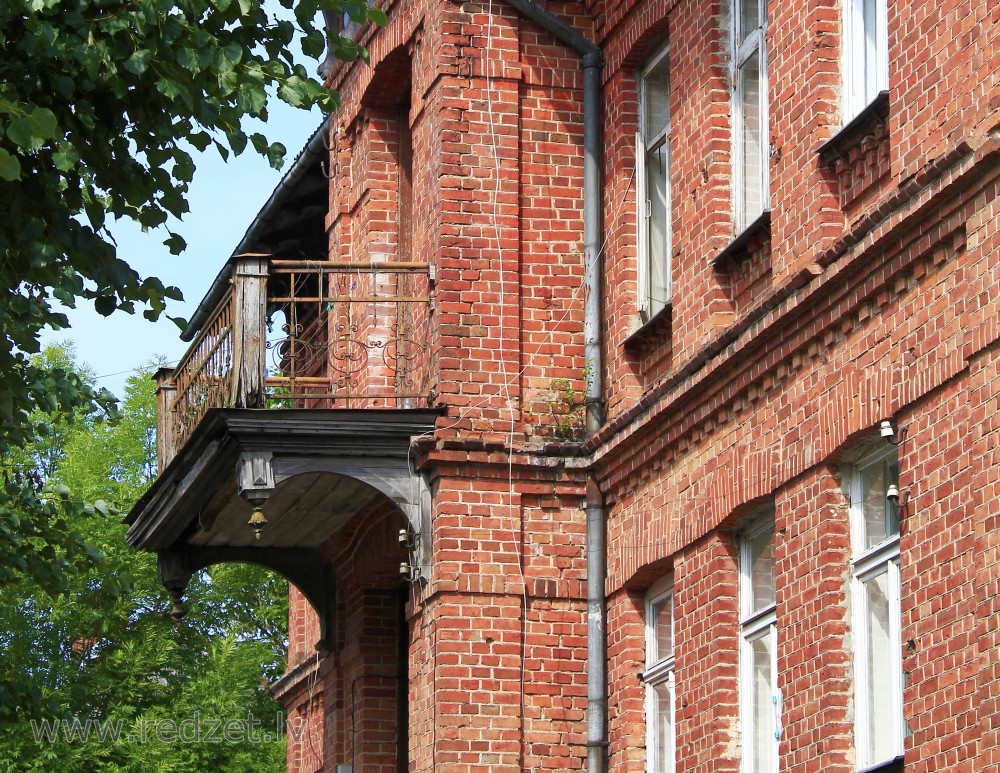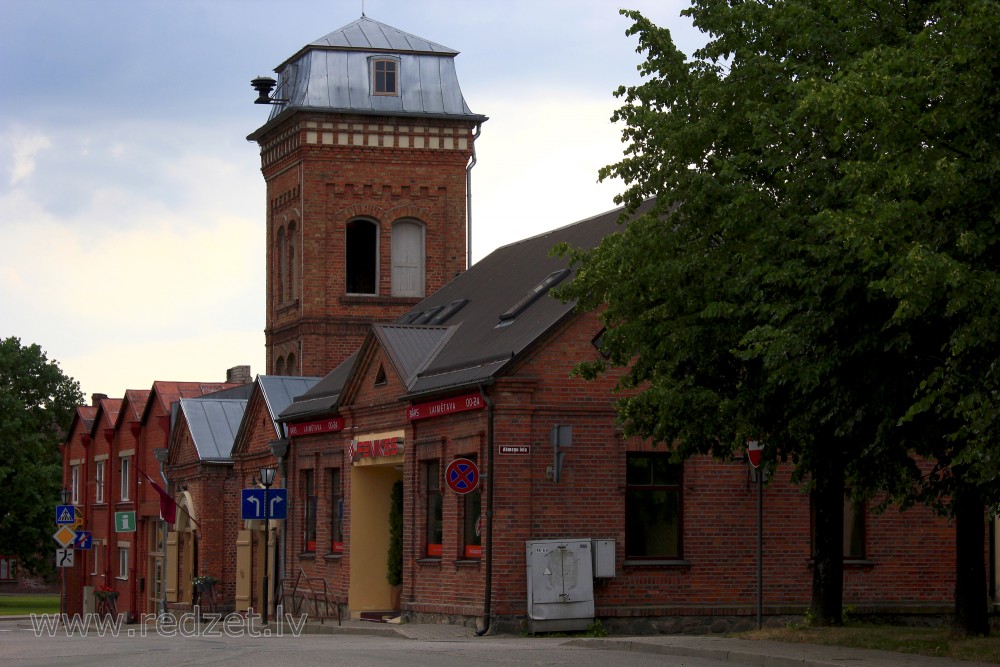Red bricks architecture
A brick is building material used to make walls, pavements and other elements in masonry construction. Traditionally, the term brick referred to a unit composed of clay, but it is now used to denote any rectangular units laid in mortar. A brick can be composed of clay-bearing soil, sand, and lime, or concrete materials. Bricks are produced in numerous classes, types, materials, and sizes which vary with region and time period, and are produced in bulk quantities. Two basic categories of bricks are fired and non-fired bricks.
Fired bricks are one of the longest-lasting and strongest building materials, sometimes referred to as artificial stone, and have been used since circa 4000 BC. Air-dried bricks, also known as mudbricks, have a history older than fired bricks, and have an additional ingredient of a mechanical binder such as straw.
Bricks are laid in courses and numerous patterns known as bonds, collectively known as brickwork, and may be laid in various kinds of mortar to hold the bricks together to make a durable structure.
Brick as material is used in the territory of Latvia since 13th century. There are many rich and easily accessible clay and limestone fields in Latvia, especially nearby big rivers. These fields have facilitated the production of brick and lime since the middle ages. Separate important buildings were built in brick – Dome and St.Peter’s Churches in Riga, bergfrid of Turaida palace. Nevertheless, brick buildings were mostly constructed since 15th century (including St.Peter’s Church in Riga).
During the 17th century production of bricks developed due to extensive building of new fortification constructions. There is information on brick import since 17th century (from Holstein, Lubeck, Gdansk, Amsterdam and other places).
In the beginning of 18th century the plague epidemic as well as destroyed forrests during the Northern War decreased brick production. The elimination of war consequeces lasted till the middle of the century. In the second half of 18th century brick became the dominant building material. The four biggest producers were two manufactures – Riga and Jelgava cities, and Unguri and Dole manor brickyards. Bricks from Ungurmuiža were exported also to Estonia.
In the beginning of 19th century brickyards could be found almost in every manor. Mostly these bricks were used for local manor needs, where possible – also for selling. In connection with the construction of Daugavpils fortress, the greatest brickyard developed there. During the 19th century brick production developed rapidly.
mg.kpd.lt
http://mg.kpd.lt/users/www/uploaded/BSR%20traditional%20building%20materials%202003.pdf
Continue reading















